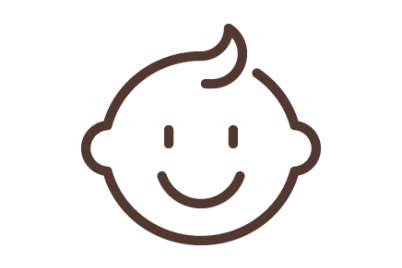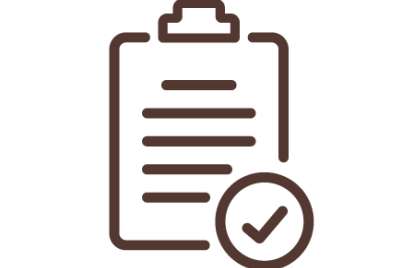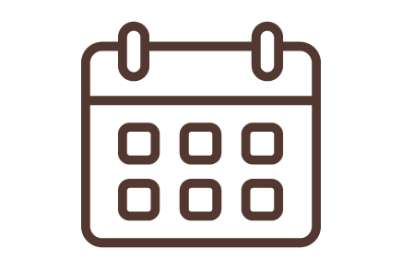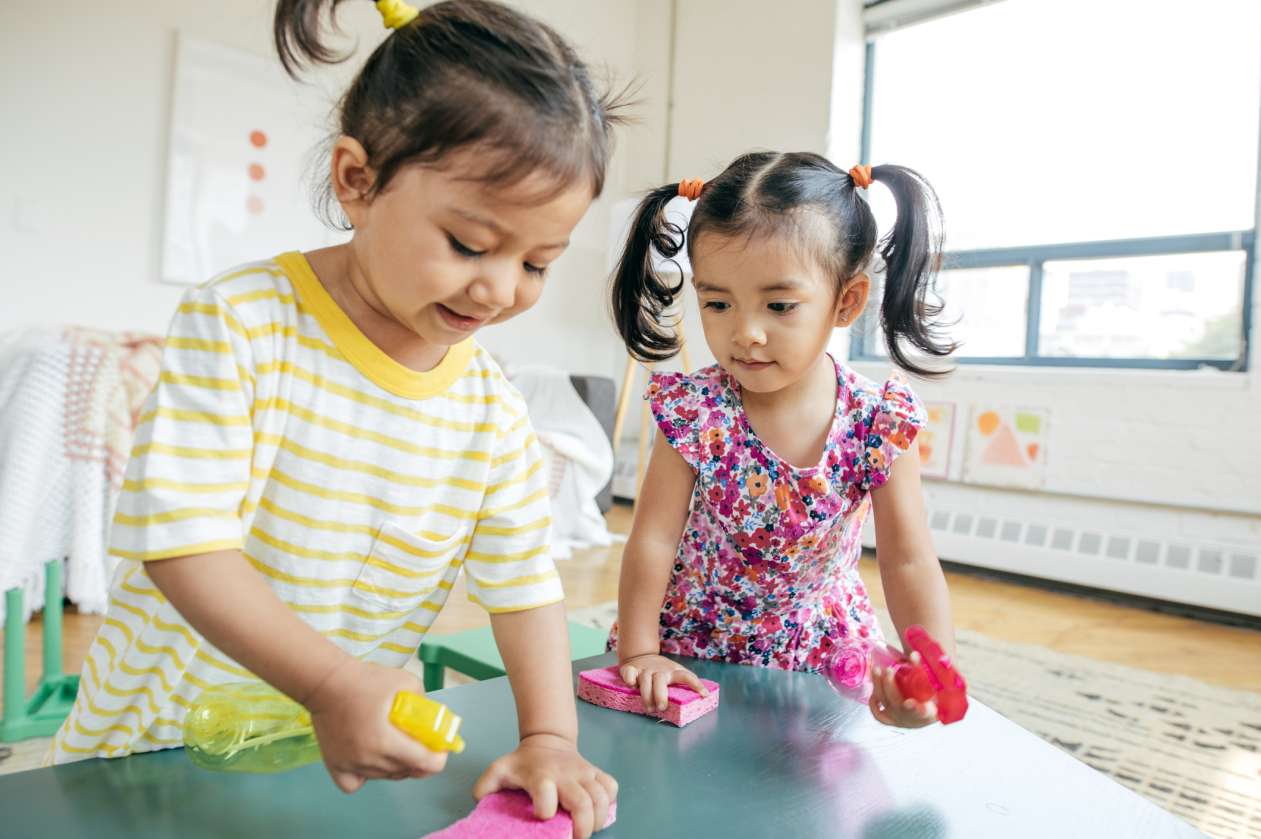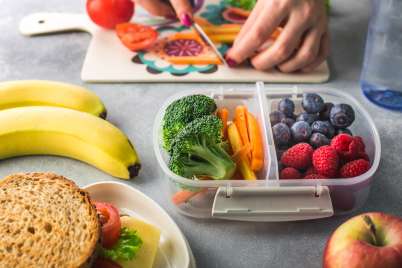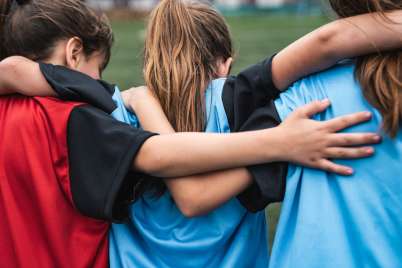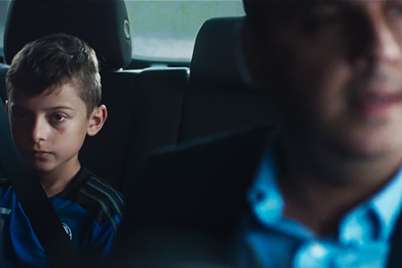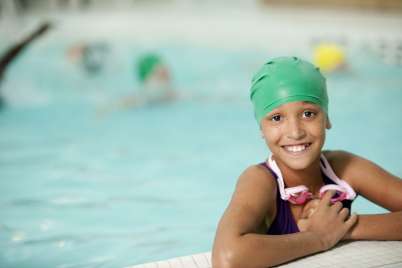Download activities & lesson plans
Getting your kids moving: An age-by-age guide
Physical activity comes naturally to kids. From skipping and hopping to wiggling and dancing, they start moving at a very young age. Encouraging your kids to move helps them develop their love of being active. And a key is knowing what kinds of activities are age-appropriate for your little ones. This guide will help you determine what types of activities you can do with your child to get involved in their love of movement.
6 fun household hacks for active toddlers
When our son was two years old, we decided to be intentional about helping him develop movement skills. It was important to us that our little bundle of energy never lost his desire to move. Anyone can do what we did with just a few small tweaks in your home environment.
7 games to help your child with visual tracking
Visual tracking is the ability to move the eyes from right to left, up and down and around, to focus on a moving object or to be able to switch focus from one object to another. When it comes to physical literacy, when your child can follow a moving object, they’ll be able to anticipate where an object is headed and step aside when an item is coming at them. They’ll be able to catch a ball, or to place an object where it’s supposed to go.

